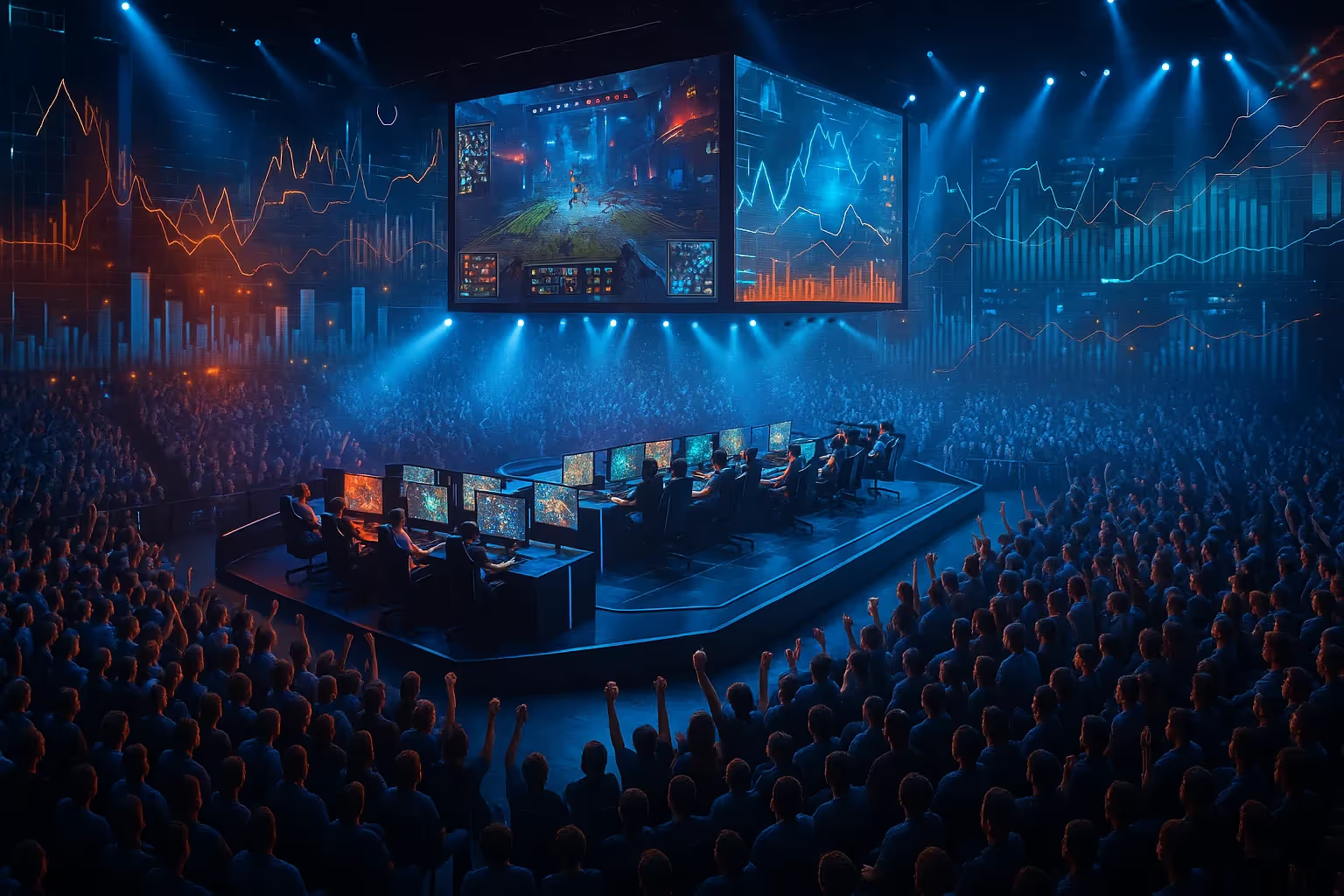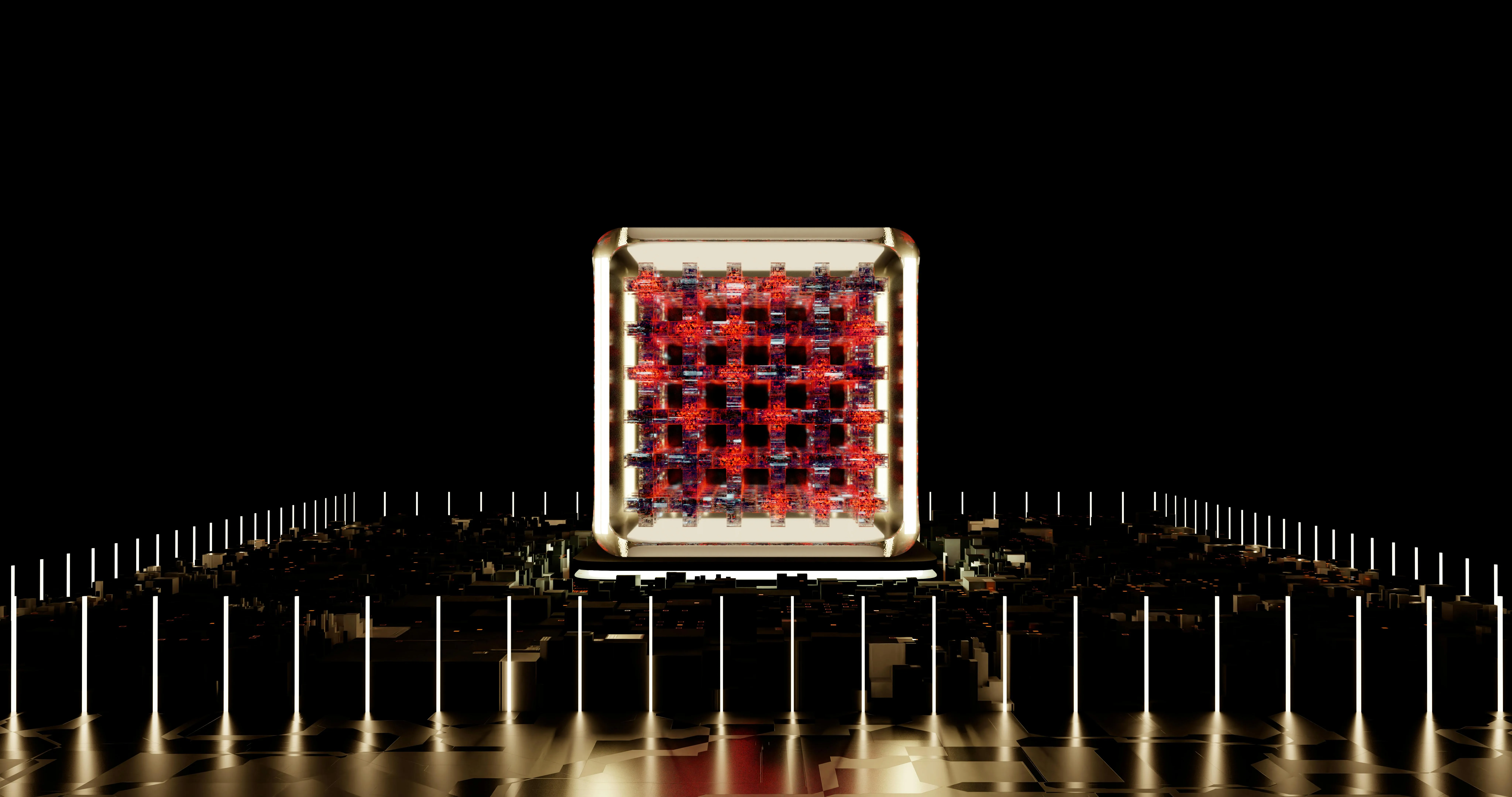The Rise of Esports as a Spectator Sport
Once confined to bedrooms and small LAN parties, competitive gaming has now stepped into the spotlight of global sports entertainment. Esports tournaments today draw millions of live viewers online, with finals of titles like League of Legends and CS:GO rivaling the audience numbers of the Super Bowl or Wimbledon.
But esports is not just a digital experience anymore. Increasingly, it’s a physical event — one where fans gather in purpose-built arenas designed to amplify the spectacle of digital competition. The architecture of esports arenas has become a central theme in the industry’s evolution, bridging the gap between the virtual and physical worlds.
Designing for a New Kind of Sport
Traditional sports arenas are designed around predictable variables: a rectangular field, a basketball court, a running track. Esports, however, presents different challenges:
- Visibility: Every spectator must see what’s happening on digital screens rather than a field.
- Immersion: The sound design, lighting, and stage setup must heighten the drama of the gameplay.
- Flexibility: Unlike football or basketball, esports involves multiple titles — each with unique stage and tech requirements.
This has forced architects, designers, and technology providers to rethink the very concept of a stadium. Instead of focusing on physical action, the arena’s architecture must translate digital intensity into a shared live experience.
Key Elements of Esports Arena Architecture
1. The Stage as a Digital Battlefield
In esports arenas, the stage is the equivalent of the playing field. It must accommodate teams, gaming rigs, and broadcasting equipment while ensuring players remain the focal point. LED screens tower behind teams, displaying live action and stats, creating an almost theatrical setup.
2. Immersive Visual Displays
Giant projection screens or wraparound LED walls allow thousands of fans to follow the game in real time. Some arenas incorporate 360-degree displays or even augmented reality overlays, transforming digital plays into larger-than-life moments.
3. Acoustics and Sound Design
Unlike traditional sports, esports thrives on commentary, in-game sound effects, and crowd reactions. Arena sound systems are engineered to provide crisp audio without lag, immersing spectators in the game as if they were wearing a headset themselves.
4. Streaming Infrastructure
Perhaps the most unique feature of esports arenas is their dual audience: the fans inside and the millions watching online. Arenas are built with broadcast-grade streaming studios embedded within them, enabling multi-angle live feeds, instant replays, and integration with online platforms like Twitch and YouTube.
5. Flexible Seating and Modular Design
Because game titles change frequently, esports arenas are often modular. Stages can be reconfigured, seating layouts adjusted, and tech adapted to fit the unique demands of each game.
Global Flagships: Where Architecture Meets Esports
Esports Stadium Arlington (Texas, USA)
At 100,000 square feet, this is one of the largest dedicated esports facilities in North America. Designed with modularity in mind, it can host local competitions or international tournaments. It also includes a training center and broadcast studio, making it a holistic esports ecosystem.
HyperX Esports Arena (Las Vegas, USA)
Located inside the Luxor Hotel, this arena combines high-tech stage design with the entertainment flair of Vegas. With a 50-foot LED video wall and cutting-edge production equipment, it exemplifies the blend of competition and spectacle.
BLAST Premier Studios (Copenhagen, Denmark)
Though smaller, this venue has become a global benchmark for immersive fan engagement. The stage’s sleek design and AR integration allow fans to visualize in-game stats and plays in real time, creating a “sports bar of the future.”
Shanghai Esports Stadiums (China)
China has invested heavily in esports infrastructure, with Shanghai positioning itself as a global hub. Its futuristic arenas host world championship events and are often coupled with esports-themed hotels and entertainment districts.
Blending Physical and Digital Audiences
What makes esports arenas unique is the duality of their audience. Unlike a football stadium where nearly all value comes from ticket sales, esports arenas are broadcast-first venues. Every architectural choice — from lighting rigs to camera angles — is designed with both the in-person spectator and the online viewer in mind.
This hybrid nature creates exciting possibilities:
- In-arena fans enjoy AR effects, synchronized lighting, and interactive crowd games.
- Online viewers see polished production with cinematic visuals and commentary overlays.
The architecture must therefore serve both as a theater for live audiences and a content studio for the global digital audience.
Economic and Cultural Impact
Esports arenas are more than entertainment venues — they are economic engines. Cities investing in esports infrastructure are positioning themselves as hubs for the digital economy. Tourism, sponsorship deals, and global media exposure flow from hosting world-class tournaments.
They also carry cultural weight. For young audiences, esports arenas are temples of digital identity — spaces where gamers gather, communities are celebrated, and digital skills are validated on the global stage.
The Future: Smart Arenas and the Metaverse
The next wave of esports arena design will go beyond physical walls:
- Smart Arenas: IoT-enabled environments that track fan engagement, optimize energy usage, and deliver hyper-personalized experiences.
- Metaverse Integration: Fans may one day attend tournaments as avatars in virtual arenas, with the physical venue serving as the broadcast hub.
- Mixed Reality Experiences: AR glasses and VR headsets could allow fans to overlay stats, 3D replays, and player perspectives directly onto their view of the stage.
This convergence of architecture, technology, and digital culture will redefine what it means to watch — and feel — competitive gaming.
Esports Arenas: The Cathedrals of Digital Sport
As esports grows into a multi-billion-dollar industry, its arenas are becoming symbols of legitimacy, much like Yankee Stadium or Camp Nou for traditional sports. But unlike their predecessors, these venues are designed not just for physical spectacle, but for digital immersion.
They are cathedrals of digital competition, where architecture, technology, and community converge to create experiences unlike anything else in modern entertainment. For cities, investors, and fans, they represent not just the future of sports venues, but the future of culture itself.







